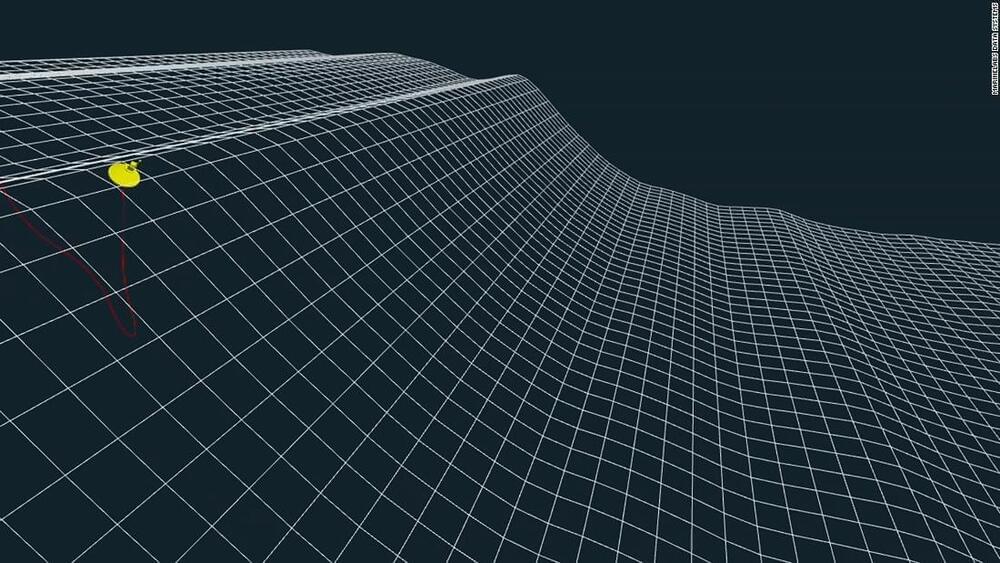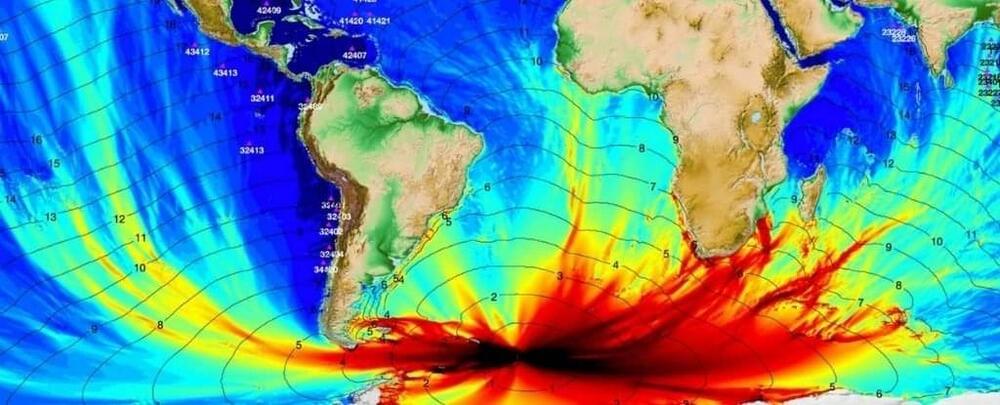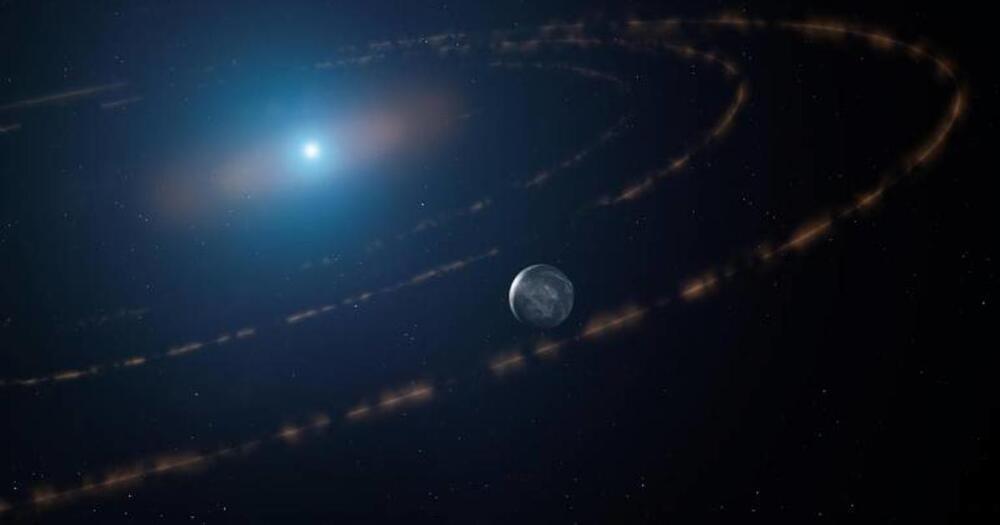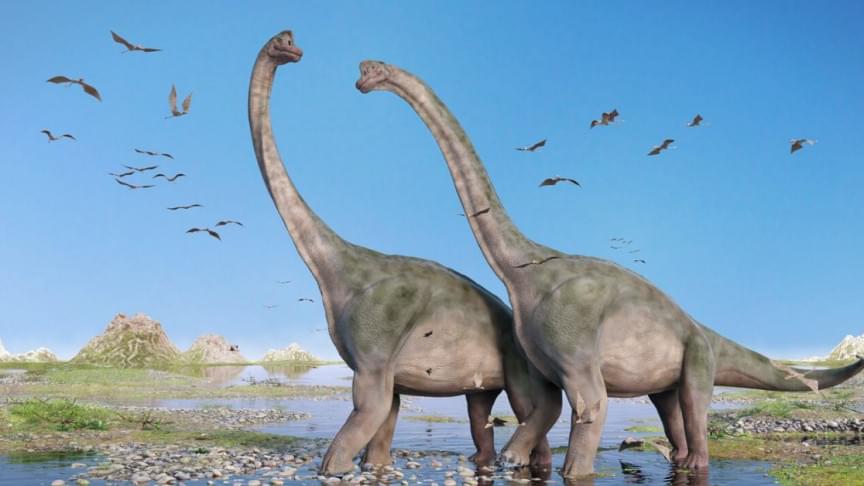Category: futurism – Page 711

Chile is making its own glaciers
This article is an installment of Future Explored, a weekly guide to world-changing technology. You can get stories like this one straight to your inbox every Thursday morning by subscribing here.
In recent years, mountain communities in Chile have been facing longer and more intense dry spells thanks, in part, to rapidly shrinking glaciers in the Andes. This puts serious stress on local communities that rely on their fresh water.
But a team of Chilean climate experts have come up with a solution. In 2022, they will attempt to DIY their own glaciers, in hopes of supplying fresh water through the dry, summer months.

Four-story high rogue wave breaks records off the coast of Vancouver Island
A rogue wave measuring 58 feet (17.6 meters) tall was recorded off the coast of Vancouver Island, breaking the record for proportionality at three times the size of surrounding waves.
“Only a few rogue waves in high sea states have been observed directly, and nothing of this magnitude. The probability of such an event occurring is one in 1,300 years,” said Johannes Gemmrich, one of the lead researchers on rogue waves at the University of Victoria.
The wave made a splash in the scientific community for being proportionally the most extreme rogue wave ever recorded. Although it occurred in November 2020, the study confirming it was just released February 2 of this year.

CRISPR Co-Founder Jennifer Doudna on Future of Biotech
Sixth Street Chief Science Adviser and Nobel laureate Jennifer Doudna, co-founder of the CRISPR genome editing technology 10 years ago, and Sixth Street Vice Chairman and Partner R. Martin Chavez join Emily Chang to discuss the future of CRISPR and its potential for commercialization.

Mystery Tsunami That Spread Around The World in 2021 Can Finally Be Explained
Last year in August, a surprise tsunami in the South Atlantic Ocean mushroomed to distances over 10,000 kilometers (more than 6,000 miles) away, rippling through the North Atlantic, the Pacific, and the Indian Oceans.
It was the first time a tsunami had been recorded in three different oceans since the 2004 Indian Ocean earthquake, and scientists have only just now figured out how the waves were triggered.
The epicenter of the August earthquake was measured 47 kilometers (about 30 miles) below the ocean floor, which is much too deep to initiate a significant tsunami, even one with relatively small waves between 15 and 75 centimeters tall (6 to 30 inches).


Plants help reduce toxic mercury from environment, says study
😀
Plants absorb a vast amount of toxic mercury gas in the atmosphere and help reducing the pollutant worldwide by depositing the element into soils, said researchers.
The process is similar to the absorption of carbon dioxide emissions by plants, said the team from University of Massachusetts Lowell, in the US.
Hundreds of tonnes of mercury each year are emitted into the atmosphere as a gas by burning coal, mining and other industrial and natural processes.

